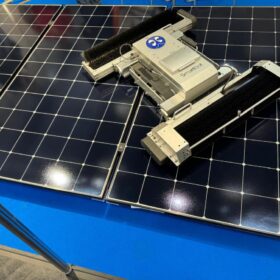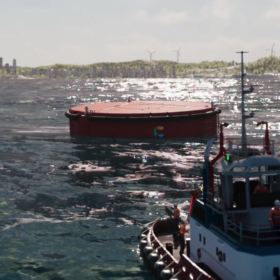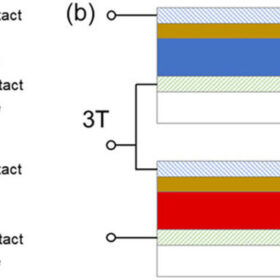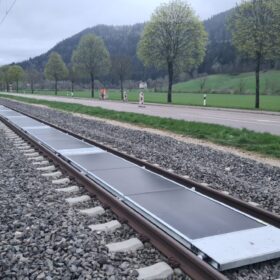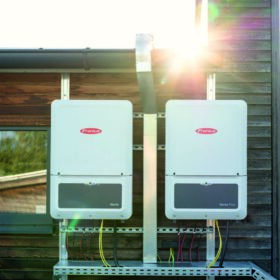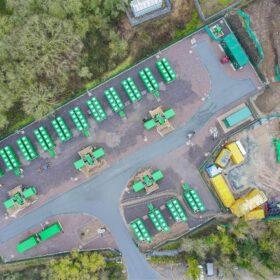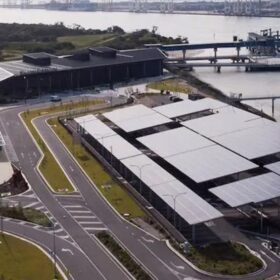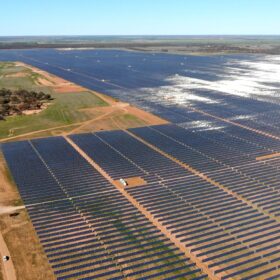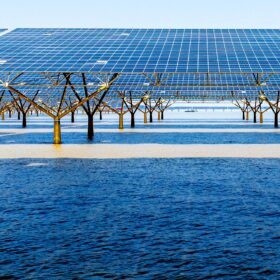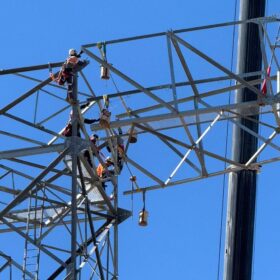Elements Green lands connection approval for hybrid project
Renewables developer Elements Green says the start of construction for what it describes as Australia’s largest hybrid solar and storage project to date is now within reach after receiving the tick of approval for grid connection.
Smartbox presents 100% autonomous cleaning robot
Spanish robotics manufacturer Smartbox has launched an autonomous solar panel-cleaning robot that comes with two plug-and-play batteries, each with 4.5 hours of battery life, and is capable of cleaning up to 4,000 panels in 10 hours.
Carnegie lands $2.1 million to progress wave power generation project in Spain
Wave energy developer Carnegie Clean Energy reports its subsidiary has received $2 million (USD 1.2 million) from the Spanish government to progress the development of its wave power technology, called CETO.
Is solar really root cause of Spain’s massive power outage?
Some media outlets have speculated that Spain’s April 28 blackout may have been caused by a disconnected solar plant, but DNV grid analyst Andrea Mansoldo tells pv magazine that it was likely due to a combination of grid weakness and low-frequency oscillations.
Top-cell transparency remains critical challenge for tandem solar cells
New research has shown how improving top-cell transparency and performance remains key to the commercialization of tandem perovskite-silicon solar cells, as well as for all other types of tandem devices. The analysis demonstrated, in particular, that the top cell must achieve higher single-cell efficiency to compensate for reduced transparency.
Sun-Ways inaugurates removable PV plant on railway tracks
Swiss startup Sun-Ways says it has activated what it calls the world’s first removable solar plant on active rail tracks, with passenger trains set to operate over the 18 kW installation from today.
Fronius launches hybrid inverters for residential, commercial applications
The Austrian manufacturer said its new hybrid inverters can increase the usable output of the PV system to up to 150%. They are available in six version with rated AC power ranging from 15 kW to 33.3 kW.
Eku Energy acquires 2 GWh UK battery project portfolio
Eku Energy, the battery storage offshoot of Australian financial services group Macquarie, has acquired a 1 GW / 2 GWh portfolio of energy storage projects in the United Kingdom.
Enosi evolves United Kingdom deal for its clean energy trading solution
Sydney clean energy technology company Enosi has partnered with United Kingdom-based energy supplier Evolve Energy to offer its clean energy matching software.
Scientists propose novel Moon perovskite cell manufacturing strategy
German scientists have proposed power generation for future habitats on the moon could be achieved by manufacturing halide perovskite cells locally, using regolith-based moonglass.

